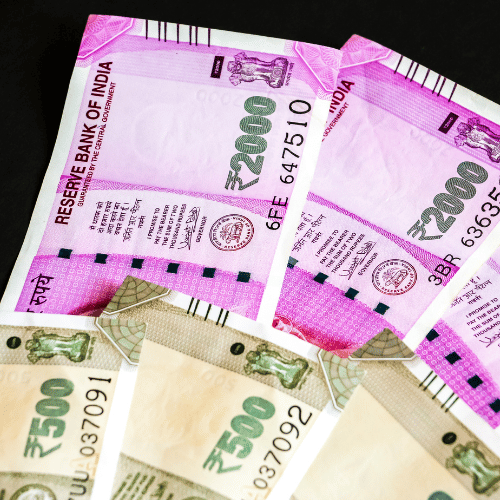The state of the Indian economy can be determined by three factors. As the Indian economy is faring better than any other advanced economics. Deep research is required to understand what is fuelling this growth.
The primary factor is that even though the world economy is facing an imminent slowdown due to tighter monetary policies and high-interest rates, the Indian economy is performing better by growing tremendously. The secondary factor is that the 10-year yield is higher than pre covid levels by 70 bps. Nifty forward multiples are higher by 20%. This scenario is unchanged in the US. The third factor is the higher borrowing costs
There looms an uncertainty regarding the earnings of various companies. There is a bias towards earning downgrades rather than upgrades. It will be beneficial for investors to select sectors and stocks where earning growth downgrade risk is minimal. It will also be a good idea to choose stocks with better visibility as this might attract higher premiums. The calculations by IIFL securities have suggested that there might be a 5% downgrade in Earning per share (EPS) due to higher borrowing cost. This will be more than double for the US development companies.
The Indian economy has been showing resilience throughout the year as is evident by a number of indicators. Surveys have shown that there is an improvement in consumer sentiments, closing in on pre-covid levels which is the opposite in other major economies. PMI increased by 55+ on a sustained basis for both manufacturing and services.
The S&P index PMI rose from 55.5 in October to 56.7 in November. This was the highest reading since august. Manufacturing grew at a tremendous speed followed by service growth. Even consumer confidence at its peak with 83.5 points which indicates that consumers are more motivated to spend.Consumer Spending in India increased to 22295.72 INR Billion in the third quarter of 2022 from 22079.81 INR Billion in the second quarter of 2022.
All of these factors indicate that the indian economy is all set to gain from the global uncertainties . Government tax collections are likely to beat the estimates and a strong volume compounded annual growth rate (cagr) in the production of steel and iron but they will be neutralized for some time by cost overruns.
The cost overruns may not sustain for long and rapid fiscal position improvement might happen in the second half of the financial year of 24. The banks have raised capital as the corporate leverage is at a 9 year low. Reform momentum is strong and the forex reserves are substantial & the external debt to gdp is low compared to other countries. However, these strengths may not protect the Indian economy against the downgrades , mainly if the major economies such as the US and the eurozone suffer a recession.The US has seen very large hikes and at a very high pace ( 425 bps in 9 months ).
The Indian economy is about to grow at the rate of 6.5 % which is below market predictions and it might be downgraded further however inflation is expected to fall steadily. Hence the central banks may stop hiking the interest rates soon.
The Indian economy is expected to perform better than other major economies who are about to enter into a recession. The Indian stocks can perform better in this scenario as the other global competitions may suffer some losses. The investors will be rewarded if they choose stocks which will perform better in inflation. The annual retail price inflation rate in India came down to 5.88% in November of 2022. This is the lowest reading the Indian economy has seen since December last year. The inflation peaked in April 2022 with a reading at 7.79%. The Reserve bank of india(rbi) increased the interest to ease the inflation rate. This may slowdown the indian economy however the tremors will calm once investments kick off in the second half of FY 24















